
Sand flea bites are painful and they can last for months if left untreated. It is important to recognize the signs of this type of insect bites and to take proper measures in terms of treatment, so the pain and other symptoms can go away fast.
About sand flea bites
Sand fleas are small, less than one eighth of an inch in size. These aquatic arthropods are commonly found at beaches, in the sand, hence their name. They have a segmented body and exoskeleton made of chitin. Sand fleas are also known as punkies, biting midges and hop-a-longs.
Even though they are so small, sand fleas can jump at least 40 centimeters high and they usually bite on and around ankles and feet, sometimes the calves too. They can be found in wetlands, swamps and beaches where the waves have deposited the seaweed. Sand fleas can be recognized by a high-pitched whining sound.
A sand flea bite is always caused by a female, which requires blood protein for the process of laying the eggs. The bite is similar to that of a regular flea or a mosquito, with red, swollen bumps that itch.
Treatment for sand flea bites
The most important thing about sand flea bites is to try not to scratch it at all. Scratching the welts will not only actually increase the itching, but it may also lead to an infection.
The area should be inspected in case the sand flea has burrowed itself under the skin, which sometimes happens. If it is still there, it is better to have a doctor look at it and remove it. The area should be washed and cleaned with an antiseptic.
A topical ointment containing antihistamines can be applied in order to relieve the itching and the swelling. In case the bite causes pain, ibuprofen gel should be applied. Using ice packs on the area is sure to provide significant relief. Aloe vera gel can also be very helpful.
Complications of sand flea bites
Sand fleas are potential carriers of contagious diseases. In areas like the Mediterranean, the Caribbean, Asia and Central America many sand fleas carry leishmaniasis, which is a serious disease, a form of malaria. Sand fleas can also transmit Carrions disease and Pappataci fever.
For these reasons it is very important to observe the bite. If anything abnormal happens, if the symptoms worsen or any new symptoms, like fever, occur soon after the bite, it is highly recommended to see a doctor, preferably the one specialized in tropical diseases.


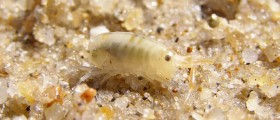
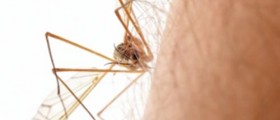
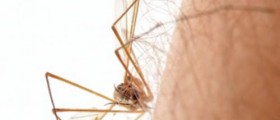
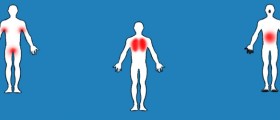


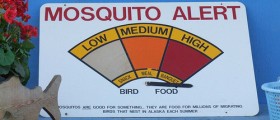

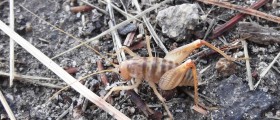

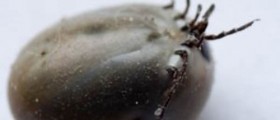




Your thoughts on this
Loading...